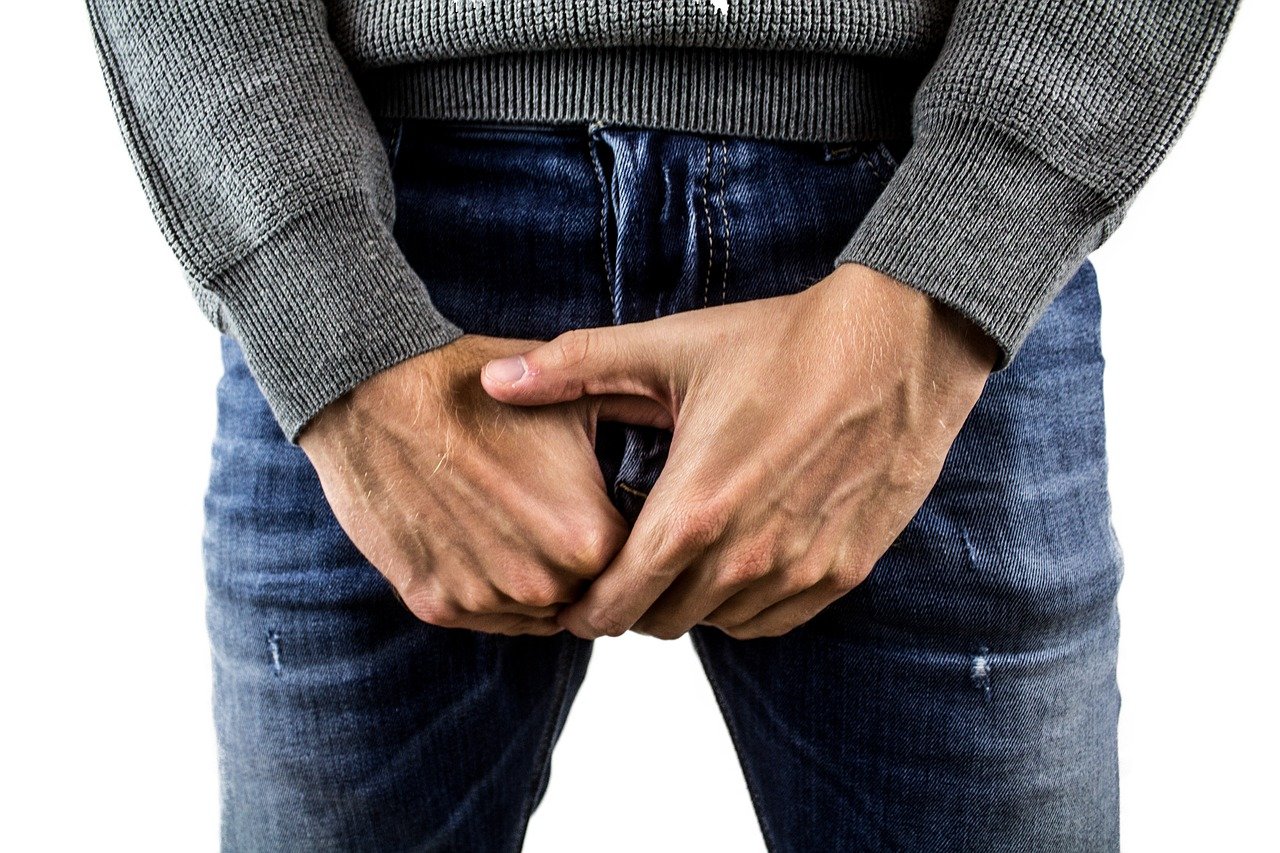Men unfortunately often underestimate the condition of their testicles, putting more emphasis on prostate cancer prevention. Meanwhile, a simple test that you can perform yourself at home can save lives and help detect testicular cancer at an early stage. What is a testicular self-examination? How to carry it out?
Testicular cancer occurs when cells in the testicles grow uncontrollably, forming a mass called a tumour. It is a relatively rare type of cancer, accounting for only 1 per cent of all cancers in men, but compared to other cancers, it particularly affects young men, aged between 15 and 49. Anyone with a testicle can develop testicular cancer. Currently, the incidence of testicular cancer is 3-10/100,000 cases and, unfortunately, there is a trend towards increasing incidence in the developed countries of Europe and North America.
Most testicular tumours (up to 95 per cent) develop from the germ cells that produce sperm. These cancers are referred to as germ cell tumours. There are two types of germ cell tumours: seminomas, which tend to grow slowly, and non-seminomas, which tend to grow faster. The remaining 5 per cent of cases are non-embryonal tumours, which include the rare types - Leydig cell tumours and Sertoli cell tumours.
Risk factors for testicular cancer:
- Infertility - infertile men are more likely to develop testicular cancer;
- a family history of testicular cancer - men whose brother or father has had testicular cancer have a higher risk of developing the disease; moreover, men who have had cancer in one testicle are more likely to develop it in the other testicle;
- Cryptorchidism - men with abnormal testicular descent are up to 48 times more likely to develop testicular cancer;
- the presence of microcalcifications in the testicles - some studies have shown that under certain circumstances a small percentage of men with this condition may develop testicular cancer;
- post-inflammatory lesions - e.g. after testicular inflammation in the course of viral parotitis;
- White race - white men are 5 to 10 times more likely to develop testicular cancer than men of other races;
- HIV infection - there is evidence that people with HIV and AIDS have a higher risk of developing testicular cancer;
- disorders of sexual differentiation;
- Klinefelter syndrome, Down syndrome.
Take matters into your own hands! Step-by-step instructions for testicular self-examination
Unfortunately, there is no way to prevent the development of testicular cancer, but it is extremely important to detect it early, precisely through testicular self-examination. Men should perform them as early as puberty, once a month after reaching sexual maturity. It is best to examine the testicles after a warm shower or bath - the heat relaxes the skin of the scrotum, making it easier to feel any abnormalities [5].
Use both hands to examine the testicles. First place your index and middle fingers under the testicles while pointing your thumbs upwards. Gently rotate the testicles between the fingers of both hands, from the upper to the lower pole. When you feel the testicle, you may recognise a cord-like structure under your fingers at the back of the testicle - this is known as the epididymis and spermatic cord, which transports and stores sperm. During the examination, apply gentle pressure to the testicles - pay attention to their structure, tenderness and try to feel any lumps or bumps. You can read more about the testicular examination here.
Through monthly testicular examinations you will get to know your body better. Contact your GP or urologist if you notice any changes. The cure rate for testicular cancer detected at an early stage is extremely high - up to 99 per cent. In a huge number of cases, testicular cancer is completely curable, even at an advanced stage. This is possible thanks to modern therapies and the combination of various treatment methods, including surgery and chemotherapy.
Testicular cancer - what changes should prompt a visit to the doctor?
Normal, healthy testicles should be smooth and firm. Nor should their slightly different size or the fact that one testicle is positioned lower than the other be cause for concern - this is perfectly normal.
In some men, testicular cancer may not present any symptoms, but typical symptoms include a painless swelling or lump in one testicle or any change in the shape or texture of the testicles. The cancer may also manifest as pain in the scrotum (which can be the first sign of cancer in up to 30 per cent of patients), groin, lower abdomen or a feeling of heaviness in the scrotum. An early symptom of chorionic gonadotropin-producing testicular cancer may also be nipple tenderness or gynaecomastia - unilateral or bilateral enlargement of the mammary glands.
If you experience pain, swelling or a lump has appeared in one of your testicles, see your doctor. It is worth remembering that not every abnormality is cancer. It could be, for example, testicular inflammation, hydrocele or epididymal cyst. However, don't put off your appointment - early detection of cancer means a greater chance of a complete cure. Your doctor will take a thorough history and physical examination, and if there is any doubt, will order an ultrasound examination of the testicles, which can confirm the presence of cancerous masses in the testicle with a sensitivity close to 100 per cent. As part of further diagnostics, your doctor may also order other imaging and laboratory tests to analyse the level of cancer markers.
Source: medonet.pl

